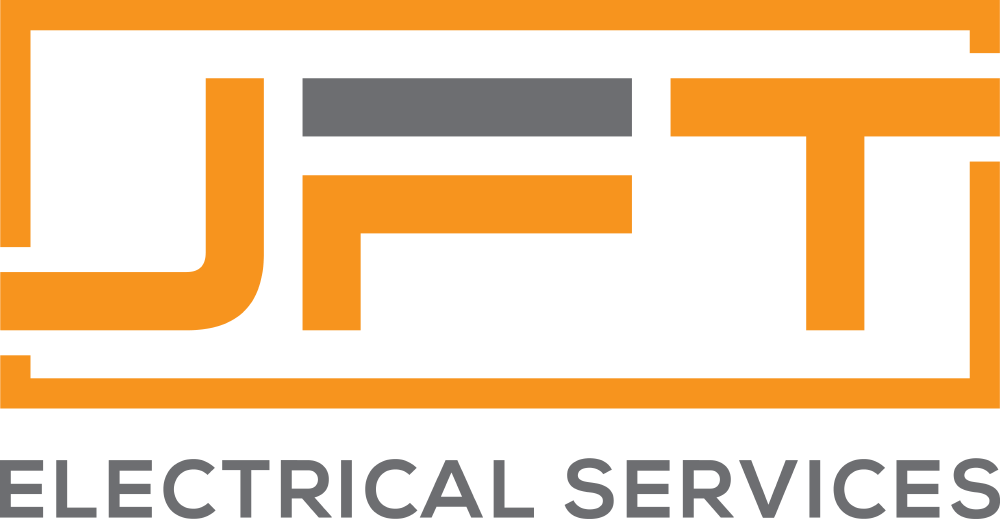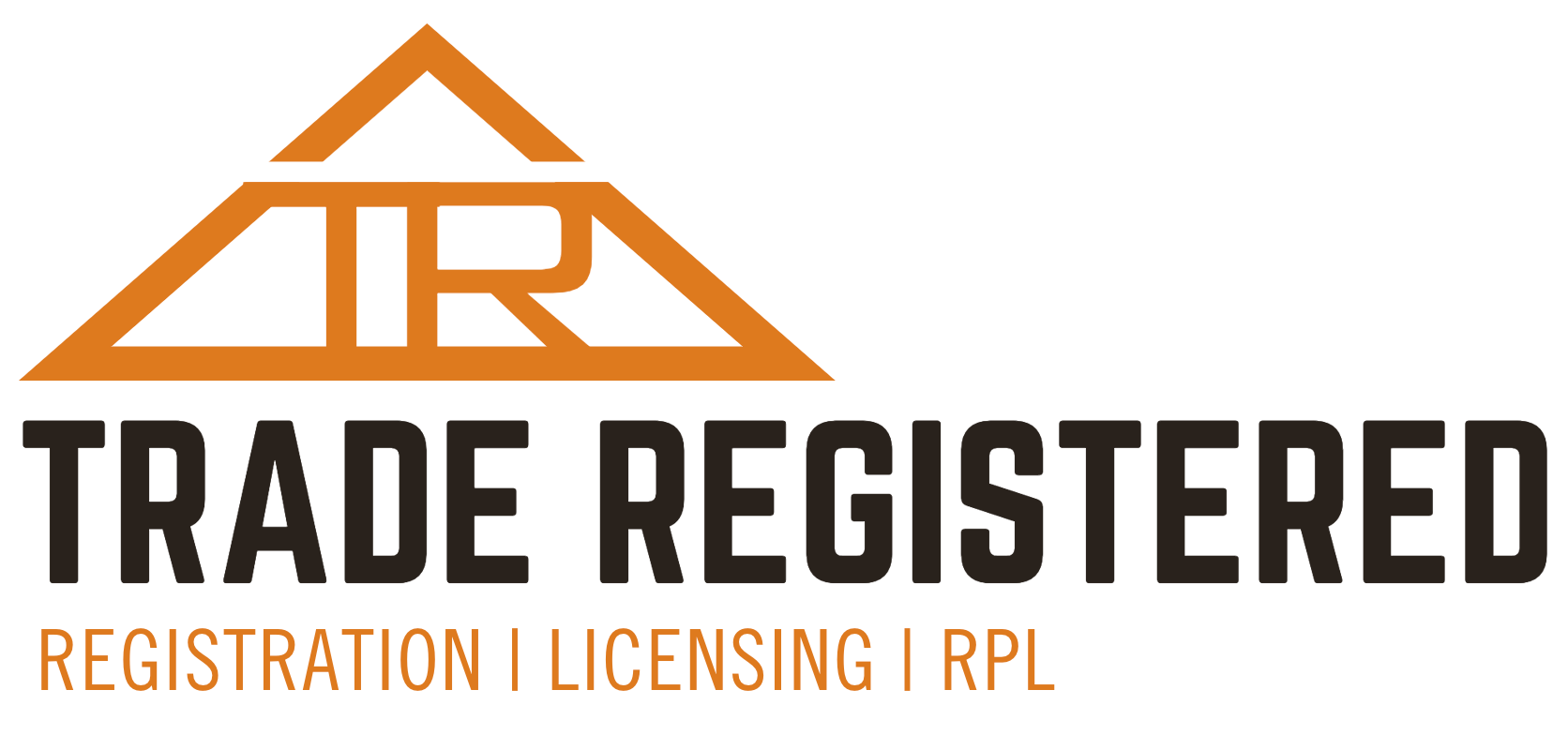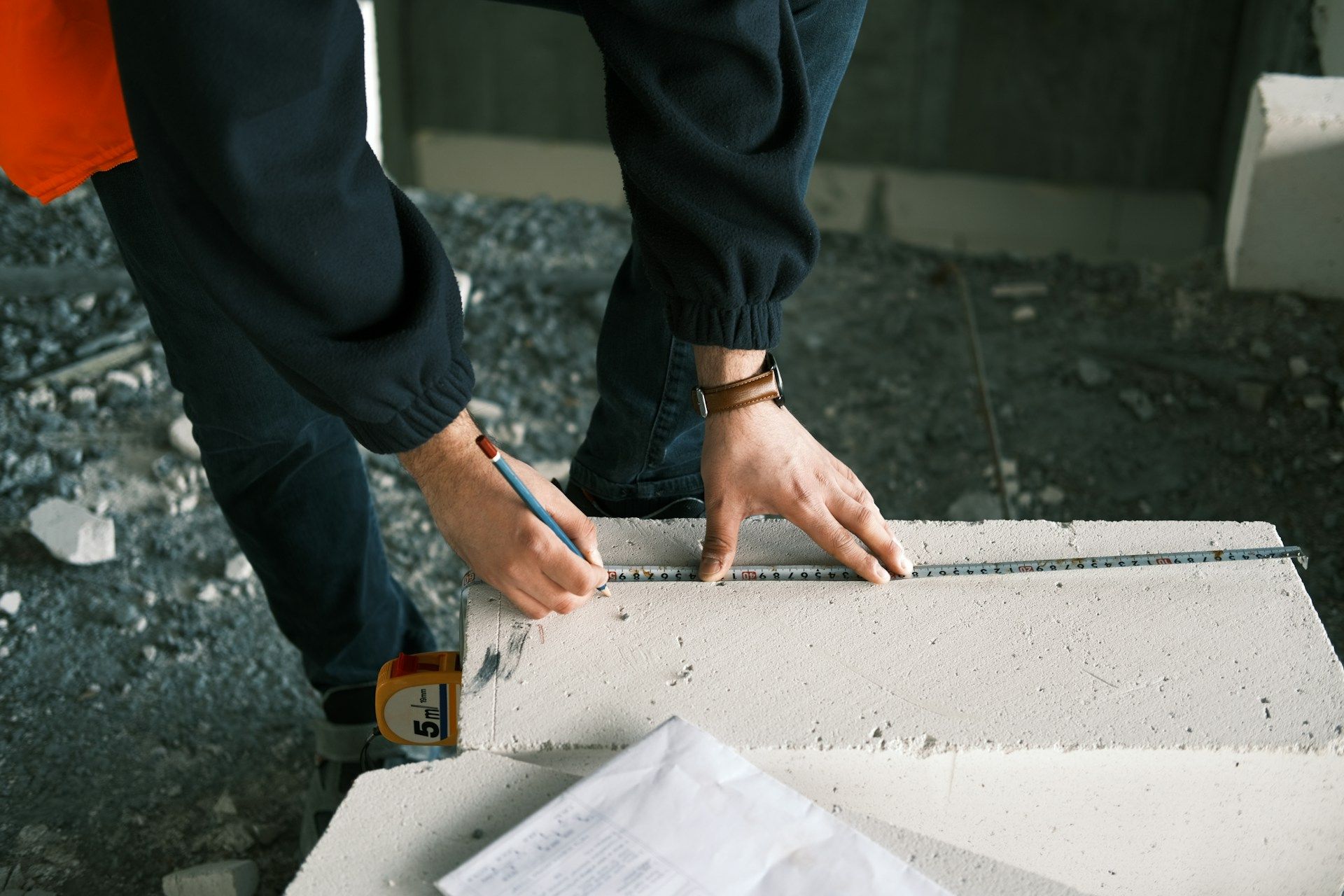RPL Benefits for Skilled Workers
Recognition of Prior Learning (RPL) is a powerful tool for skilled workers looking to advance their careers. With RPL, you can have your existing skills and experience formally recognised, making it easier to gain qualifications without needing extra study. This means you can move forward in your career more quickly and confidently.
This guide will help you understand RPL, how it can advance your career, the cost and time savings involved, and the steps to apply successfully. By the end, you’ll see how RPL can be a game-changer for your professional growth.
What Is Recognition Of Prior Learning (RPL)?
Recognition of Prior Learning (RPL) is a process where your existing skills, knowledge, and experience are assessed and recognised. It allows you to obtain formal qualifications without having to undergo traditional coursework. RPL is especially beneficial for workers who have gained practical experience without formal training.
The process involves comparing your skills and knowledge with the requirements of a particular qualification. If your experience matches what is needed, you can be awarded the qualification without additional study. This approach values the learning you’ve gained on the job, making it a practical and efficient way to get certified.
To make RPL work, you need to provide evidence of your skills. This can include work samples, employer references, and any relevant certificates from past training. The goal is to prove that your knowledge and abilities meet industry standards so that you can be formally recognised for your expertise.
Career Advancement Through RPL
RPL can significantly boost your career by turning your experience into formal qualifications. Recognised qualifications can open doors to better job opportunities, promotions, and higher pay. Employers often look for formally qualified candidates, and RPL helps you meet this requirement without extra schooling.
One of the main advantages of RPL is that it levels the playing field. You might have years of on-the-job experience but feel held back because you lack formal qualifications. RPL gives you the credentials you need to compete for more advanced roles. This formal recognition can make you stand out in the job market.
Having formal qualifications through RPL gives you more confidence in your skills. It’s a validation of the hard work and knowledge you’ve gained over the years. This confidence can be a massive boost as you take on new responsibilities and challenges in your career.
Cost And Time Efficiency Of RPL
One of the excellent benefits of RPL is its cost and time efficiency. Traditional education routes can be expensive and time-consuming, often taking years and costing thousands of dollars. RPL, on the other hand, allows you to get qualified faster and more affordably by recognising the skills you already have.
Faster qualification means you can start taking on more significant projects or advanced roles sooner. Instead of spending years in a classroom, you can continue working while your experience is assessed. This flexibility is precious for those who can’t afford to take time off work for full-time study.
The cost savings are also significant. With RPL, you don’t have to pay for numerous courses that cover material you already know. The main expenses are usually related to the assessment process and gathering your evidence, which is typically much lower than course fees. This makes RPL an economical choice for advancing your career without financial strain.
How To Apply For RPL Successfully
Applying for RPL may seem daunting, but breaking it down into clear steps can simplify the process. Here’s a straightforward guide to help you get started:
1. Assess Your Skills:
The first step is to identify the skills and experience you have that are relevant to your desired qualification. List your job roles, tasks, and any informal or formal training you’ve completed.
2. Gather Evidence:
Collect documents, work samples, references, and certificates showcasing your abilities. This evidence will be used to match your experience with the qualification requirements.
3. Complete the Application:
Fill out the RPL application form from your recognised training organisation. Ensure you attach all your evidence and clearly explain how each item demonstrates your skills.
4. Submit for Assessment:
Once your application is complete, submit it to the assessing body. They will review your evidence to determine if it meets the qualification standards.
5. Prepare for an Interview or Practical Test: Some RPL assessments may include an interview or practical test to verify your skills. Be prepared to discuss your experience and demonstrate your abilities if required.
Conclusion
Recognition of Prior Learning (RPL) offers many benefits for skilled workers. It allows you to convert your experience into formal qualifications, which can help you advance your career, save time and money, and gain the credentials you need to succeed.
You can take full advantage of this pathway by understanding what RPL is, how it can help with career advancement, and how to apply successfully. RPL turns your hard-earned skills into recognised qualifications, making you more competitive in the job market and opening up opportunities.
If you’re ready to take the next step in your career, consider applying for RPL. At Trade Registered, we can guide you through the
home builders licence process and help you achieve the qualifications you deserve. Get in touch with us today to start your RPL journey!







